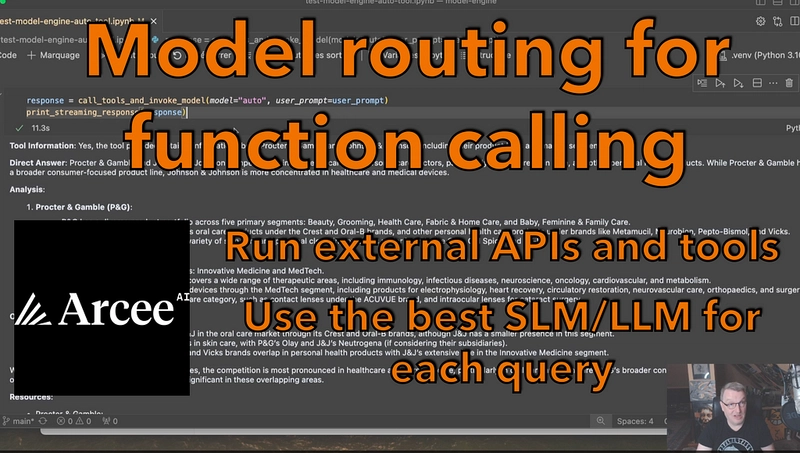# Fine-Tuning LLMs Locally: A Step-by-Step Guide
Hello fellow developers! Today, we're going to delve into the exciting world of fine-tuning Language Model Libraries (LLMs) locally. This guide is designed for AI enthusiasts familiar with Python and common AI tools. Let's get started!
Prerequisites
- A basic understanding of Python programming language
- Familiarity with AI concepts, particularly Natural Language Processing (NLP)
- Installation of PyTorch or TensorFlow
- A suitable LLM library such as Hugging Face's Transformers or Stanford's CoreNLP
- Dataset for training the model (preferably labeled)
Step 1: Preparing the Data
The first step is to prepare your data for fine-tuning. This usually involves tokenizing your text and converting it into a format that the LLM can understand. Here's an example using the Transformers library:
from transformers import BertTokenizerFast
tokenizer = BertTokenizerFast.from_pretrained('bert-base-uncased')
def preprocess_function(examples):
return {'input_ids': tokenizer.encode(examples['text'], add_special_tokens=True)}
train_dataset = dataset.map(preprocess_function, batched=True)In this example, we're using the BERT model for demonstration purposes. Replace 'bert-base-uncased' with the path to your preferred pre-trained LLM.
Step 2: Defining the Training Loop
Next, we define a training loop that uses our prepared data and optimizes the weights of the model. Here's an example using PyTorch:
import torch
from transformers import BertForSequenceClassification, Trainer, TrainingArguments
model = BertForSequenceClassification.from_pretrained('bert-base-uncased', num_labels=2)
training_args = TrainingArguments(
output_dir='./results',
num_train_epochs=3,
per_device_train_batch_size=16,
per_device_eval_batch_size=64,
warmup_steps=500,
weight_decay=0.01,
logging_dir='./logs',
)
trainer = Trainer(
model=model,
args=training_args,
train_dataset=train_dataset,
eval_dataset=eval_dataset
)
trainer.train()In this example, we're using the Trainer class from Hugging Face's Transformers library to handle training and evaluation for us.
Step 3: Running the Training Process
Once you have your training loop defined, it's time to run the training process! Save your script, navigate to the directory containing your file in your terminal, and run the script with the following command:
python train.pyThis will start the training process, logging progress and storing checkpoints at specified intervals. Once training is complete, you can load the fine-tuned model for downstream tasks!
Wrapping Up
And there you have it! You've successfully fine-tuned a Language Model Library locally. Keep exploring, experimenting with different models and datasets, and pushing the boundaries of what AI can do. Happy coding!


